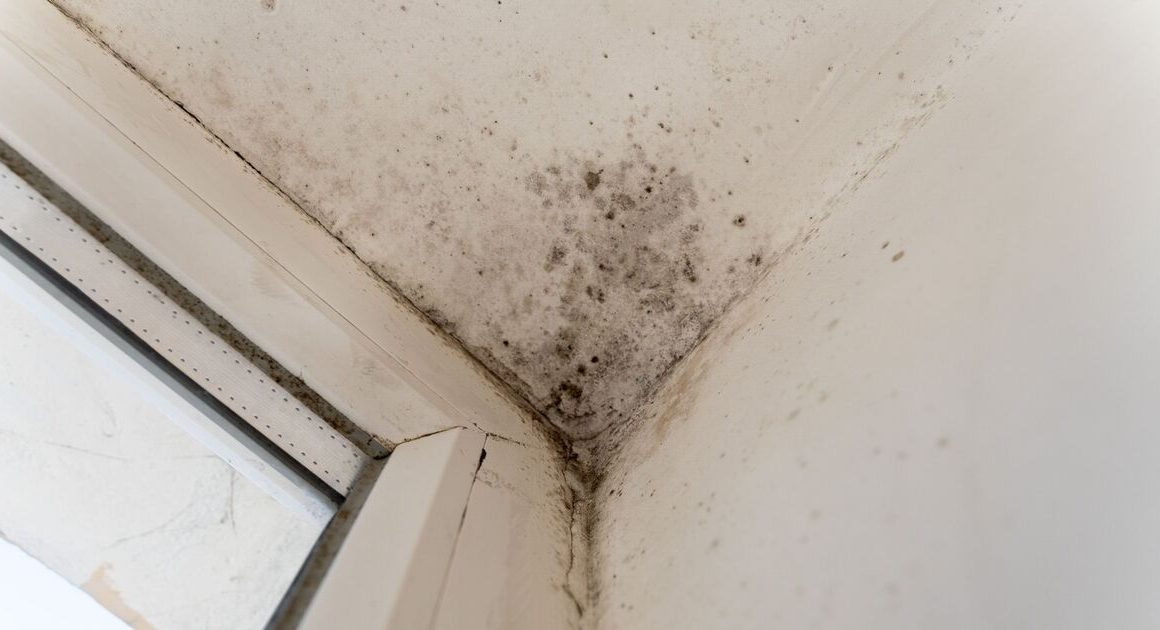Pruning is a common gardening task that can be done throughout the year, but when it comes to August time, gardening guru Monty Don claimed that lavender is the plant to focus on.
Lavender is an easy-to-grow, evergreen shrub with deliciously scented flowers and foliage.
However, if left to its own devices, this plant can become bare and straggly.
But pruning a lavender plant will prolong its life, maintain an attractive shape and ensure plenty of flowers the following year.
Taking to his monthly blog, Monty shared with fellow gardeners when and how to go about pruning lavender.
He said: “To avoid woody, leggy plants, lavender should be pruned every year. The best time to do this is as soon as the flowers start to fade, which, depending on the variety, can be any time between midsummer and the end of August.
“But do not wait for the seed heads to form or the flowers to turn brown as you want to allow the maximum amount of time for regrowth before winter.”
The earlier you prune back the Mediterranean semi-shrub, the better it will grow new shoots.
There will then often be a second, somewhat weaker flowering in long summers from the end of August or the start of September.
To prune lavender, gardeners need to cut back hard to a good compact shape but “be sure to leave some new shoots on each stem” as lavender “will often not regrow from bare wood”.
The 69-year-old said: “These new shoots will grow fast and provide an attractive and healthy cover to protect the plant in winter and provide the basis of next year’s display.”
Gardeners should water their lavender straight after pruning to ensure that it grows new shoots well and flowers a second time.
They should also regularly reach for the watering can in the following weeks if it is dry.
It’s not necessary to fertilise lavender because if the plant is given too much nitrogen at the height of summer, it does grow lots of new shoots but will rarely re-flower.
There is also a risk that the wood will no longer mature properly in the garden, and the plant is more susceptible to frost damage in the winter.










